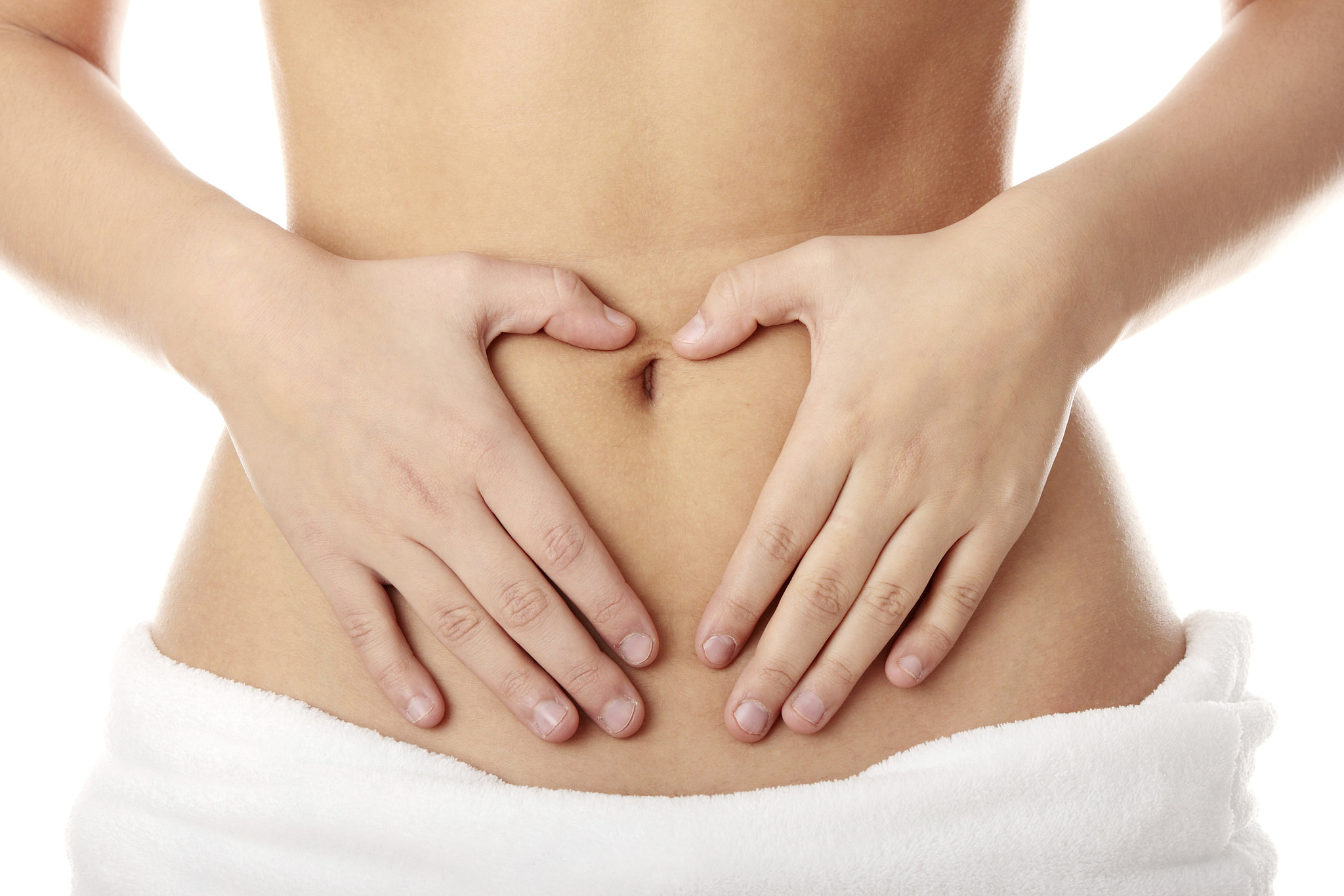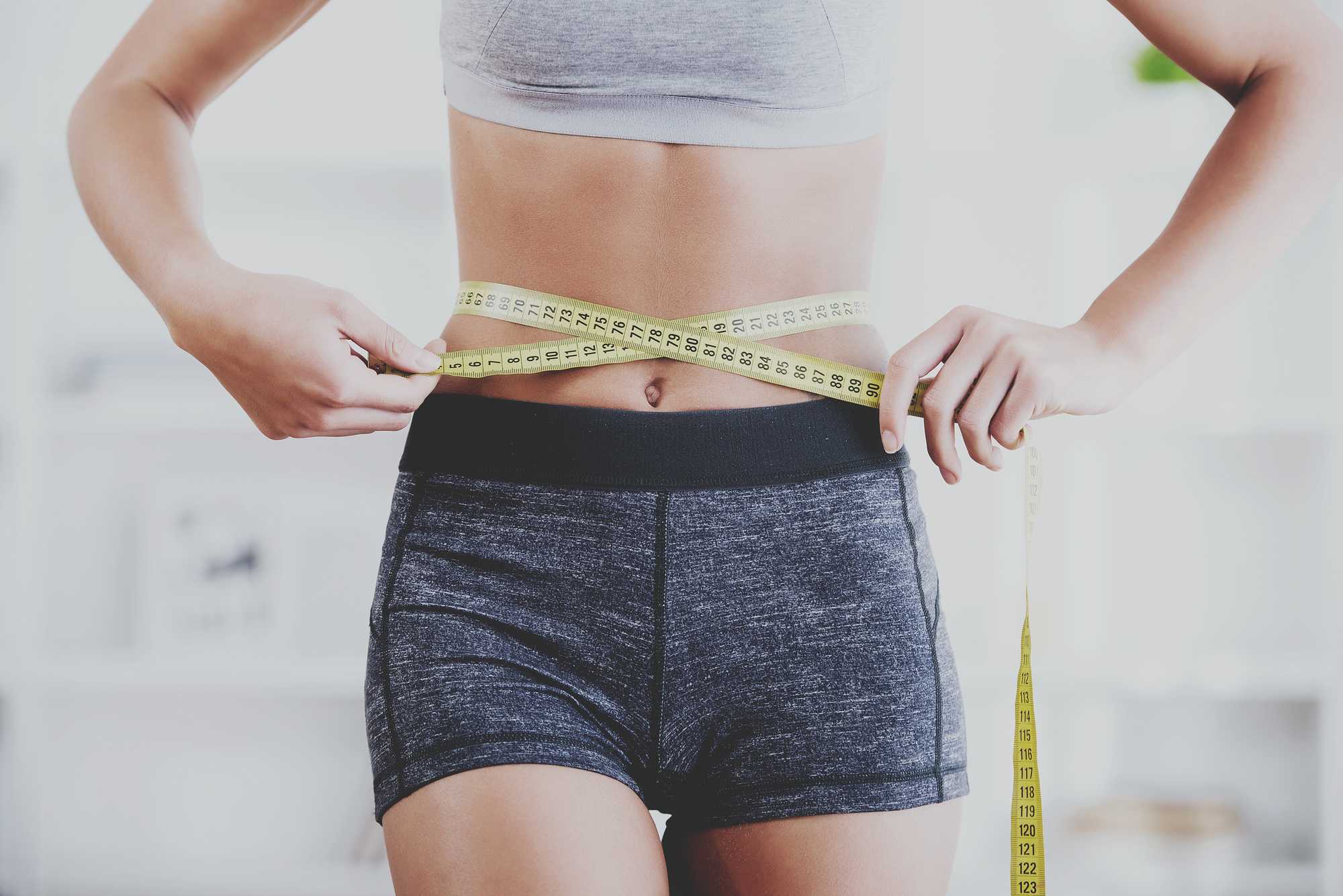There are many weight loss solutions today, but only few produce ideal results. One of the best is coolsculpting, which is approved by many experts. However, what Is CoolSculpting? Knowing about freezing fats and eliminating it may sound not ideal for women like you, so you still go back to common weight loss methods.
You’ve seen the television ads. Women carrying weight scales around their ankles, strapped by ball and chain, consumed with the number this scale reflects. For these women, checking “the number” every day can be a demotivator in the challenge to lose weight. As a result, many women are opting to ditch the scale and simply measure weight loss in terms of inches. While considered well meaning concept by most fitness trainer, counting inches has also left some women feeling demotivated especially when the inches, specifically around the waste area, do not seem to melt away. For these women, the issue may not be weight loss or gain but, instead, an issue of menstrual related bloating. So, what causes bloating?

Bloating, before, during or after a menstrual cycle is a real and significant issue for women. For women working to lose weight, finding methods to control bloating is vitally important. Research has suggested eating foods high in complex carbohydrates, such as breads and various other starches, can attribute to the development of bloat within a woman’s digestive tract. As a result, when dieting, consuming low amounts of complex carbohydrates is highly recommended, even in small or moderate quantities. In addition to carbohydrate consumption, women who are dieting, and want to avoid bloating, should also avoid the consumption of alcohol and prescription medications as alcohol has shown to increase the bloating affect and prescription medications may increase the level of bloating through water retention or edema.
In addition to weight loss dietary issues, bloating may be attributed to inactivity. In professions involving excessive sedentary work, women often find bloating is excessive and not well controlled. When working in a profession which requires an excessive period of sitting, opting for regular breaks, on the hour, will assist with blood flow and circulation, improve digestion and will improve and the bloating affect.

In addition to regular work breaks and dietary modifications, women are also encouraged to consume at least 1,200 milligrams of calcium per day. Research has shown the calcium implication in the reduction of bloating to be significant especially in women who are bloated in response to a menstrual or hormonal fluctuation. This calcium consumption can be obtained through foods such as milk, yogurt and cheese or through a daily supplement.
For many women, in a diet or weight loss program, the focus often moves from weight reflected on scales, in terms of pounds, to the measurement of inches lost. In doing so, many fitness experts agree the focus on inches lost will reflect an overall improvement in fitness health as well as dietary health. For women “measuring in”, ensuring the proper dietary recommendations and fitness levels are sustained, will ensure additional inches are not attributed to a bloating affect in the female body.
